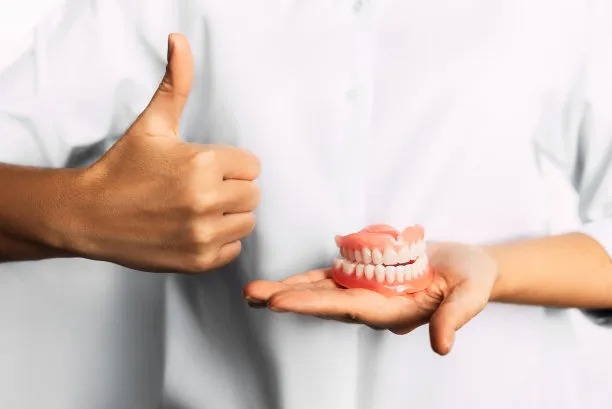The Complete Guide to Extracting a Tooth Safely and Comfortably for Your Dental Health Needs
Summary: Extracting a tooth can be a daunting experience for many, but with the right guidance and preparation, it can be conducted safely and comfortably. This comprehensive guide aims to enlighten readers on the essential aspects of tooth extraction, from deciding when a tooth needs to be removed to understanding the procedure and post-extraction care. Each section of the article delves into techniques and considerations that ensure not just the removal of the tooth but the maintenance of overall dental health. By following these guidelines, patients can minimize discomfort and promote effective recovery after this common dental procedure.
1. Understanding When Tooth Extraction is Necessary

Tooth extraction is often a necessary procedure in various dental scenarios. One common reason is severe decay, where the tooth is beyond saving with standard dental treatments like fillings or crowns. In such cases, the decay-causing bacteria can negatively impact the surrounding gums and bone, making extraction a preferable option.
Another situation that may necessitate extraction is overcrowding. When there is insufficient space in the mouth for teeth to align properly, a dentist may recommend removing one or more teeth. This is particularly relevant for those undergoing orthodontic treatment, where space is needed for teeth to shift into their correct positions.
Lastly, impacted wisdom teeth frequently require extraction. As these teeth often become trapped beneath the gum line and can lead to unpleasant symptoms like pain and swelling, timely removal is crucial to prevent further complications. Understanding these indications can help individuals make informed decisions regarding their dental health.
2. Preparing for the Extraction Procedure
Preparation for tooth extraction is vital for ensuring a smooth procedure. Patients should schedule a consultation with their dentist to discuss their medical history and any medications they are currently taking. This information is essential for selecting the appropriate anesthesia and managing any potential complications.
Additionally, its important for patients to set realistic expectations regarding the procedure. Dentists will typically explain the extraction process, potential risks, and what to expect during recovery. This open communication helps reduce anxiety and ensures that patients feel more in control.
On the day before the extraction, patients should follow specific guidelines, such as avoiding heavy meals and drinking plenty of water. This preparation can help minimize discomfort and ensure that the extraction goes as planned. By being well-prepared, patients can foster a more positive extraction experience.
3. The Tooth Extraction Procedure Explained
The extraction procedure itself begins with the administration of anesthesia to ensure that the patient remains comfortable throughout the process. There are various methods of anesthesia, including local anesthesia, sedation, or general anesthesia, depending on the complexity of the extraction and the patients anxiety levels.
Once the area is numb, the dentist will carefully loosen the tooth using specialized instruments. This involves breaking down the connective tissues surrounding the tooth to facilitate its removal. For more complicated extractions, such as those involving impacted teeth, additional techniques may be required to carefully remove the tooth in sections.
Following the extraction, the dentist will provide instructions for post-operative care. This may include bite instructions, pain management, and the importance of keeping the extraction site clean to prevent infection. Understanding the steps involved in the extraction procedure can alleviate fears and help patients feel more confident in the process.
4. Essential Post-Extraction Care Tips
Post-extraction care is crucial for a smooth recovery process. After the procedure, patients should apply gentle pressure to the extraction site using a gauze pad for about 30-45 minutes to help control bleeding. Remaining in a reclined position can also aid in minimizing discomfort and swelling.
In the days following the extraction, it is advisable to stick to soft foods and avoid hard, crunchy, or sticky items that may irritate the extraction site. Drinking plenty of fluids and staying hydrated greatly benefits the healing process, while avoiding vigorous exercise can prevent unnecessary stress on the area.
Lastly, patients should adhere to the dentists recommendations concerning pain management and take prescribed medications as directed. Keeping a close eye for signs of infection, such as fever or excessive swelling, is essential for prompt intervention. This proactive approach to recovery helps ensure a smooth healing process.
Summary:
Understanding and preparing for a tooth extraction can significantly ease the process, making it an essential step for both patients and dental professionals. The extraction procedure should be approached with care and comfort in mind, ensuring that recovery is as smooth as possible. By following the advice outlined in this guide, patients can better manage their dental health and experiences related to tooth extraction.
This article is compiled by Vickong Dental and the content is for reference only.



